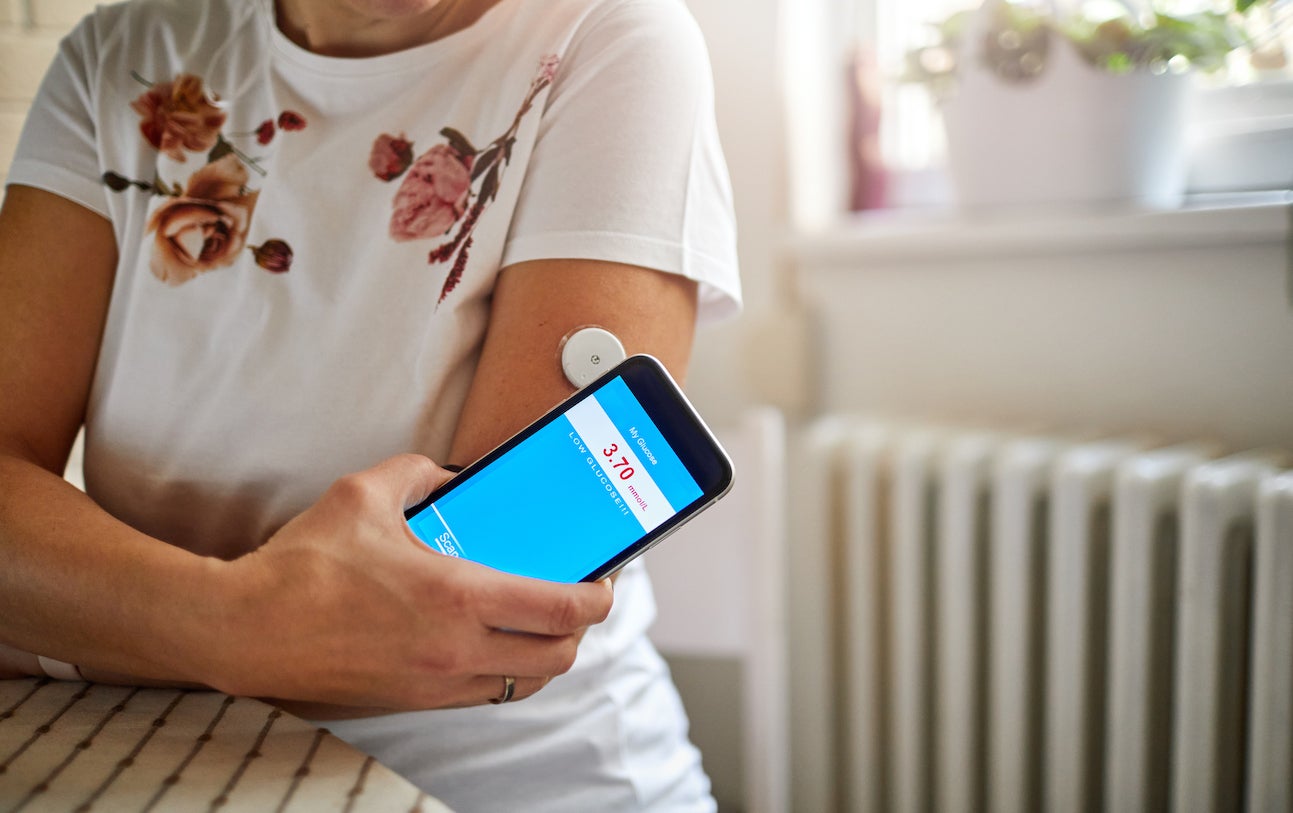

As its name suggests, it measures glucose continuously.The superior insights from a continuous glucose monitor “I am a far greater proponent of (CGM)”.glucose at the average level is a continuum.on the one hand I understand the need to simplify things, I think oversimplification is erroneous and I think we should view these as a continuum.As though there’s some enormous difference between 5.6 and 5.7 or 6.4 and 6.5.but anybody at 5.6 and down is completely normal.If it is below 6.5 you are normal or even if we go one step further and say well there’s a pre diabetes which is defined as 5.7 to 6.4 and those people we have to watch out for.Unhelpful to simply say if your hemoglobin A1c is above 6.5 and you have type 2 diabetes, you have “a disease”.Conversely, people who have red blood cells that stick around a very long time - people with a microcytic pattern, meaning they have very small red blood cells that are less likely to get chewed up in the splanchnic system which is where we ultimately break down red blood cells - they’re going to have an artificially elevated hemoglobin A1c because their red blood cells are living longer on average than the typical person which is about 90 days.if a red blood cell has a very short life - GI bleeding issues, patients with gastritis, et cetera, women with a heavy menstrual period - So people who are losing significant amounts of blood have a higher turnover of red blood cells, they’re going to have an artificially low hemoglobin A1c.This is potentially misleading in both directions because, for example: the more glucose that is stuck to them, the more you can infer that the average concentration of glucose is higher during the period of a red blood cell’s life.So it’s taking out red blood cells and it’s looking at how much glucose is stuck to them The way it HbA1c works is it measures the concentration of glycosylated hemoglobin.Type 2 diabetes is defined as having a hemoglobin A1c (HbA1c) concentration greater than 6.5% which it corresponds to an average glucose of approximately 130 milligrams per deciliter.“The mainstream medical system is just so out of sync with what I believe the future of medicine is going to be.” -Peter Attia “ These are the perfect questions, the most salient questions, the most important questions and this might become by extension one of the most important AMAs we do in terms of the aggregate impact it could have on health and longevity.“Are you able to do a breakdown on what you look for on different people’s CGM data and what you would advise to improve their numbers similar to the AMA you did on lab tests?”.If I’m not diabetic, do I have anything to worry about here?”.How does Peter define normal versus abnormal control of glucose?.What is Peter looking for when assessing someone’s glucose levels?.Why does Peter find these tests useful in “healthy” people?.My understanding is that OGTTs and CGMs are typically reserved for people with diabetes.” And also wearing a CGM to get a better sense of glucose homeostasis. In terms of testing, Peter favors the oral glucose tolerance test (OGTT) over things like fasting glucose and HbA1c measurements as those can be misleading § The problem with traditional blood tests and metrics for determining metabolic health Why Peter encourages all his patients to wear a CGM and.What the best rodent models tell us about the impact of peak glucose levels.Deep dive into peak glucose and why lower peaks is better.Exploring the idea that the suppression of fatty acids is actually causing hunger rather than a low blood glucose.Postprandial dips in blood glucose as a predictor of subsequent hunger and energy intake.Example of how HbA1c and traditional measures could catch metabolic issues too late.

Deep dive into glucose variability and why less variability is better.Deep dive into average blood glucose and the importance of having the lowest average blood glucose possible.Why lower is better than higher: average glucose, glucose variability, and glucose peaks.The superior insights from a continuous glucose monitor.The problem with traditional blood tests and metrics for determining metabolic health.


 0 kommentar(er)
0 kommentar(er)
